The construction of Brisbane’s new runway (BNR) is well underway with the completion of the first portions of the critical link taxiways that will connect the new runway system with the existing system and terminals.
Delivered by McConnell Dowell as part of the $120 million Dryandra Road Underpass contract, the project includes the delivery of a public roadway due to open in late September that will travel under the taxiways, allowing access to the General Aviation Precinct and the Plane Spotters’ Area on Acacia Street.
Gert-Jan de Graaff, Brisbane Airport Corporation (BAC) Chief Executive Officer, said, “As the finish line for the construction of the biggest aviation project in Australia draws close it is easy to forget just how much planning it has taken to get to this point.
“Brisbane’s new runway has been on Master Plan documents since the 1970s, so to be here where we can physically stand on taxiways and see the foundations of the runway being laid is a huge achievement for the thousands of people who have been involved with this project since its very early days.
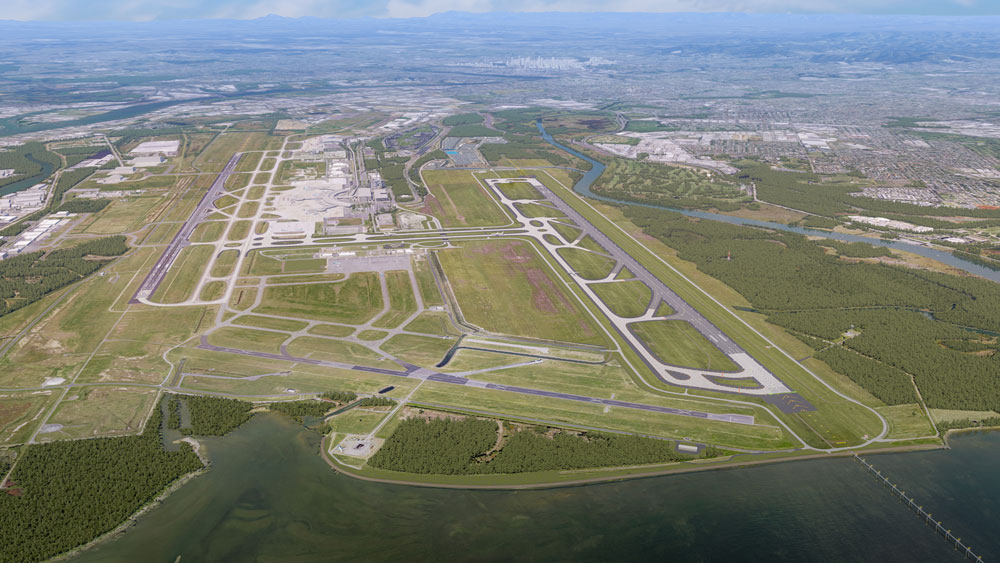
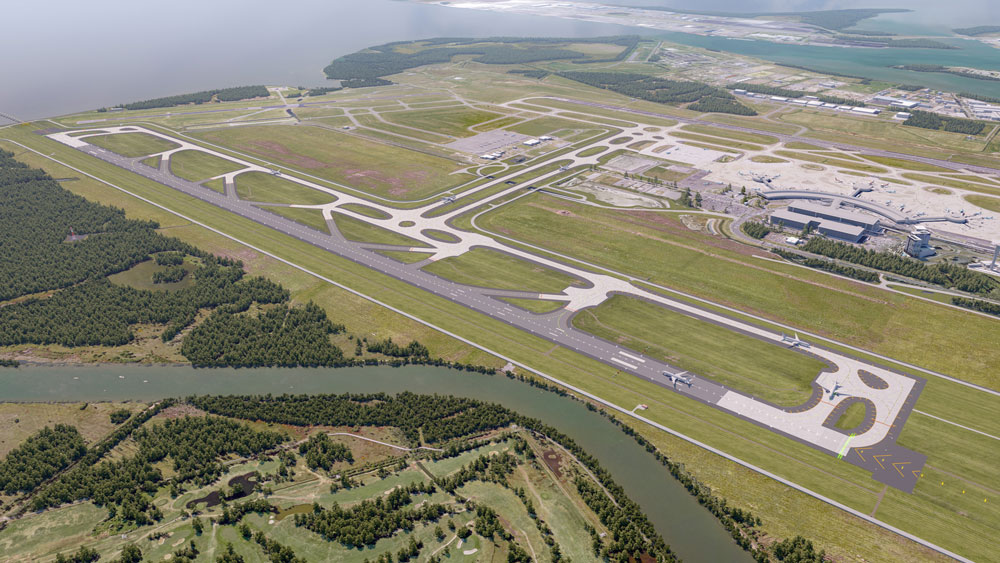
“While this milestone is a great achievement for the project, it is only the tip of the iceberg for what is to come in the next few months.
“The focus now is on the physical runway and broader taxiway systems which are starting to take shape with the initial base layers of crushed rock already being placed, working from the centre out.
“Along with the runway and taxiway construction, comes a multitude of other activities such as the construction of the High-Intensity Approach Lighting system to both the north and south of the runway centreline, and landscaping the 300ha site ahead of opening in mid-2020,” Mr de Graaff said.
Though the smaller of the two contracts for Brisbane’s new runway, the Dryandra Road Underpass is a significant and essential structure.
Jim Frith, McConnell Dowell Managing Director, said, “The Underpass is an engineering feat, being 1.6 metres thick at the deepest point, these bridges are designed to withstand the weight of a fully-laden A380 as well as any planned, future variants.
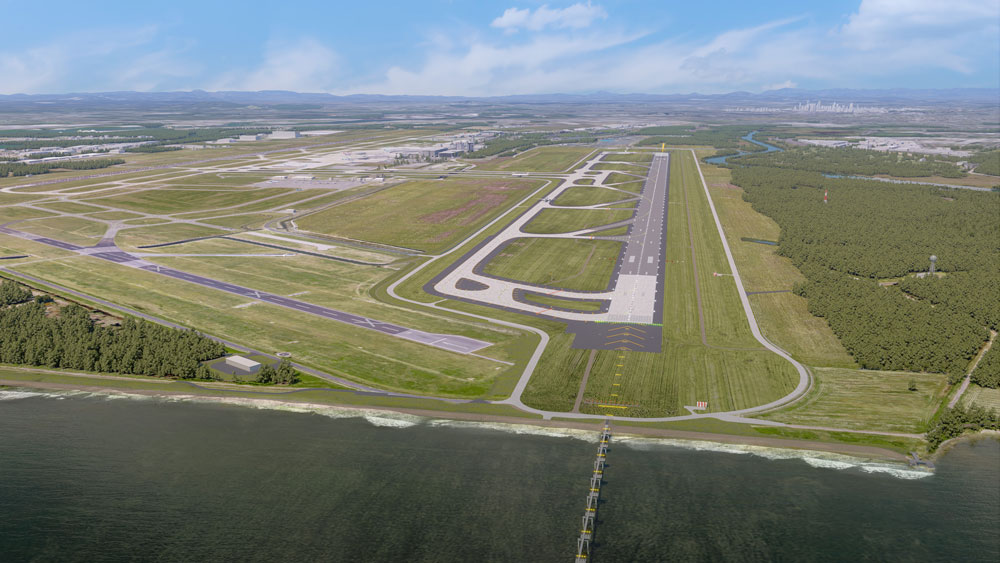
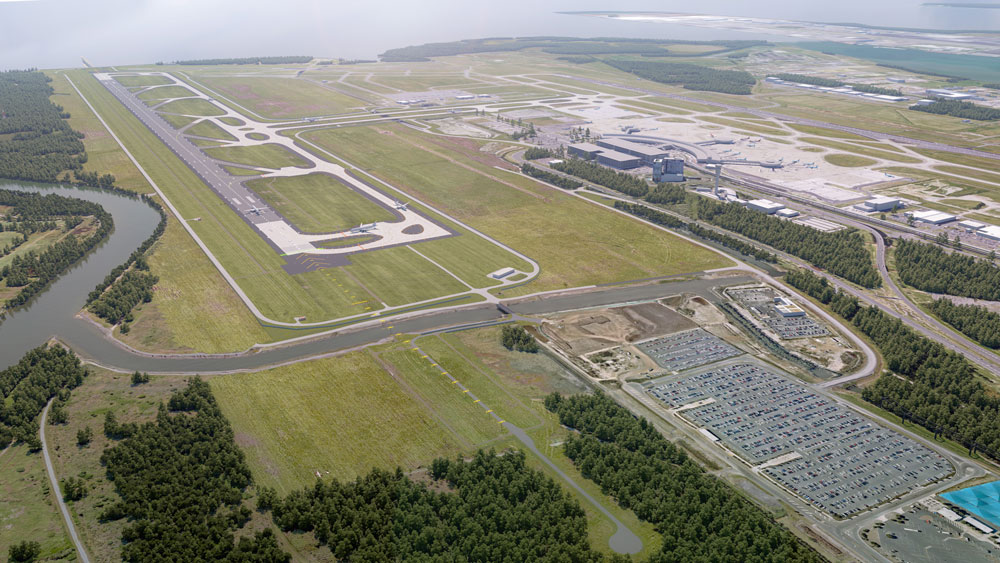
“To put the complexity of this project into perspective, the Underpass is being constructed five metres below sea level, meaning that the dewatering system is required to remove the equivalent of the volume of two Olympic swimming pools in a single, 24 hour period, while the physical structure is comprised of approximately 20,000m3 of concrete, and 4000 tonne of reinforced steel.
“The construction has required the employment of around 300 people on site due to the enormity and complexity of the works,” Mr Frith said.
Brisbane’s new runway by the numbers
- Brisbane’s new runway site is 360ha (2.5 times the size of the Brisbane City CBD)
- The runway is 3.3km long and 60m wide
- The taxiway system will be made up of 12km of taxiways (25m wide)
- The runway is made up of three layers: 2475mm sand, 600mm of crushed rock and 125mm asphalt
- The taxiways are made up of three layers: 1500mm sand, 200mm crushed rock and 490mm of concrete.
Project contribution to SEQ:
- 90 per cent of project employees live in South East Queensland (SEQ)
- 90 per cent of construction equipment to be sourced from SEQ
- Up to 675 people to work directly on the project during peak period
- Additional $5 billion in annual economic benefit to the region by 2035
- 7,800 jobs generated by the new runway by 2035
Dryandra Road Underpass
- 750,000m3 of sand was moved for construction of the underpass
- 5km of water and sewer pipes were installed
- 35km of conduits installed
- Nearly 20,000m3 of heavily reinforced concrete poured
- More than 700 concrete piles driven to an average depth of more than 30m below ground level
- 1km of separated roadway
- Four lanes – two airside, two landside
- Designed to withhold the weight of a fully-laden A380 and future variants (approx. 710 tonne)
- More than 700m of sheet piles installed


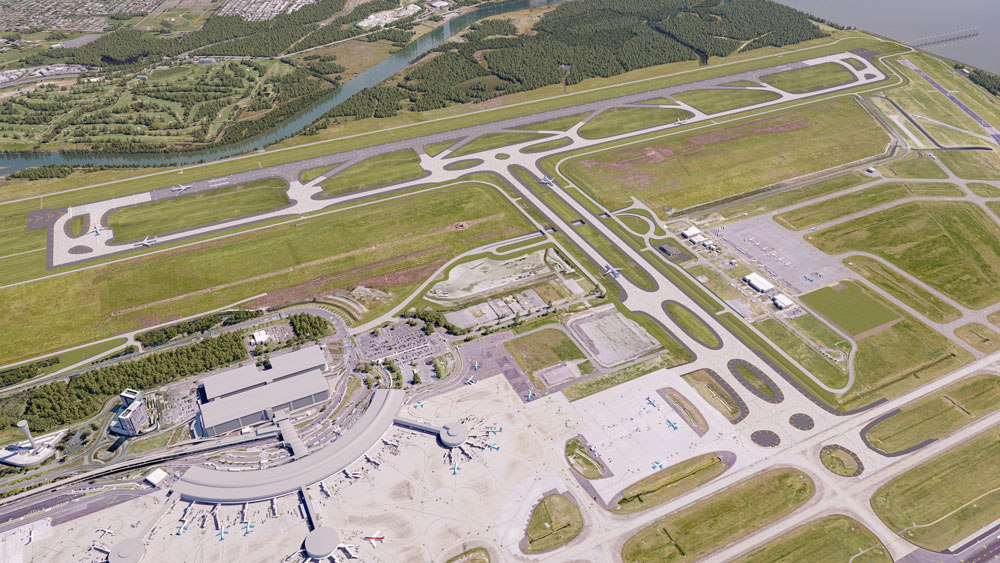

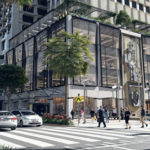


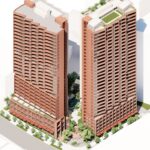


This is great and all but I hope we get the new international airport before the end of this century